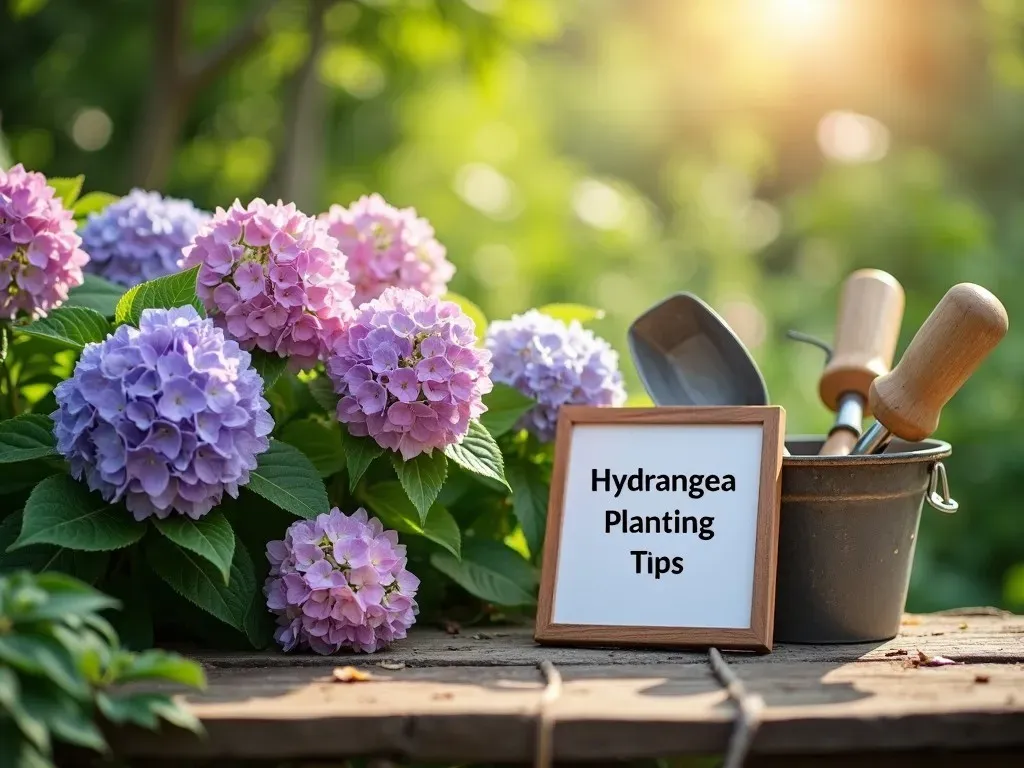The hygena flower, often associated with vibrant hues and lush foliage, is becoming a cherished plant among gardeners and nature enthusiasts alike. This stunning flowering shrub, known scientifically as hydrangea, offers not just visual appeal but also an array of varieties suited to various garden settings.
Understanding the Hygena Flower
The hygena flower, or hydrangea, is a genus of flowering plants native to Asia and the Americas. With over 70 species, hydrangeas deliver an impressive display of blossoms that can transform your garden into a vibrant paradise. Their characteristics vary widely, providing options for every type of landscaping need. Hydrangeas thrive in different light conditions and are adaptable to various soil types, which is part of their allure for gardeners.
Key Features of Hygena Flowers
- Diverse Color Palette: Hydrangeas come in shades of blue, pink, white, and purple, changing colors based on soil pH.
- Flowering Season: Depending on the type, hydrangeas can bloom from spring through fall, providing continuous color throughout the growing season.
- Size Varieties: Ranging from small bushes to tall trees, there’s a hydrangea suitable for every garden dimension.
- Maintenance Levels: Many hydrangeas require minimal care, making them beginner-friendly.

Growing Facts and Figures
When planning to cultivate hygena flowers, consider the following essential statistics:
| Feature | Details |
|---|---|
| Growth Height | 3 to 10 feet (0.9 to 3 meters) |
| Blooming Period | Late spring to fall |
| Hardiness Zones | 3 to 9 |
| Soil pH Preference | Acidic to neutral (pH 5.5 – 7) |
| Sunlight Needs | Partial shade to full sun |
Types of Hygena Flowers
There are several popular types of hydrangeas, each with unique characteristics:
- hydrangea macrophylla (Bigleaf Hydrangea): Known for its large, round flower clusters, thriving in moist, well-drained soils.
- Hydrangea paniculata (Panicled Hydrangea): Features conical flower shapes, blooming white before transforming to pink as they age.
- Hydrangea arborescens (Smooth Hydrangea): Recognized by its round flower heads, it is one of the easiest hydrangeas to grow.
- Hydrangea quercifolia (Oakleaf Hydrangea): Notable for its oak-shaped leaves and unique, peeling bark, adding texture to the garden.

Caring for Hygena Flowers
1. Planting
- Location: Choose a spot with dappled sunlight or partial shade.
- Soil: Ensure the soil is rich, well-drained, and slightly acidic.
- Spacing: Depending on the variety, space your plants 3 to 10 feet apart.
2. Watering
Hydrangeas enjoy consistent moisture, especially during the summer. Water them deeply once a week, and more frequently during hot stretches.
3. Pruning
Proper pruning can promote a healthier plant and enhance blooming. Depending on the hydrangea type, pruning should occur either in late winter or early spring:
- Bigleaf Hydrangeas: Prune when they show new growth.
- Panicled and Smooth Hydrangeas: Best pruned in late winter to early spring for abundant blooms.
4. Fertilization
Feed your hydrangeas with a balanced fertilizer in the spring when new growth begins. Adjustments can be made to soil pH to influence flower color, especially with bigleaf varieties.
Common Problems and Solutions
| Problem | Solution |
|---|---|
| Wilting Leaves | Check for watering issues |
| Discolored Blooms | Test soil pH |
| Pest Infestation | Use insecticidal soap |
Frequently Asked Questions (FAQ)
What affects the flower color of hydrangeas?
The color of hydrangea flowers can change based on soil pH levels. Acidic soils (pH below 6) typically yield blue flowers, while alkaline soils (pH above 7) result in pink flowers.
Can hydrangeas be grown indoors?
While most hydrangeas thrive outdoors, some smaller varieties can be grown in pots indoors, provided they receive adequate light and care.
How can I propagate hydrangeas?
Hydrangeas can be propagated through cuttings. Take softwood cuttings in late spring or hardwood cuttings in late winter and plant them in a pot filled with well-draining soil.
Are hydrangeas deer-resistant?
Hydrangeas are generally not deer-resistant. However, some gardeners report that certain varieties are less appealing to deer. Using repellents or planting alongside less appealing plants may help.

Conclusion
The hygena flower offers gardeners a wealth of beauty and adaptability. With various types available and relatively easy care requirements, hydrangeas can elevate any garden space. With the right conditions and techniques, these flowering plants will provide impressive blooms for many seasons, making them a perfect choice for both novice and experienced gardeners.
For further information and gardening tips, visit The Spruce – Growing Hydrangeas to explore comprehensive guides that delve deeper into the captivating world of hydrangeas.


